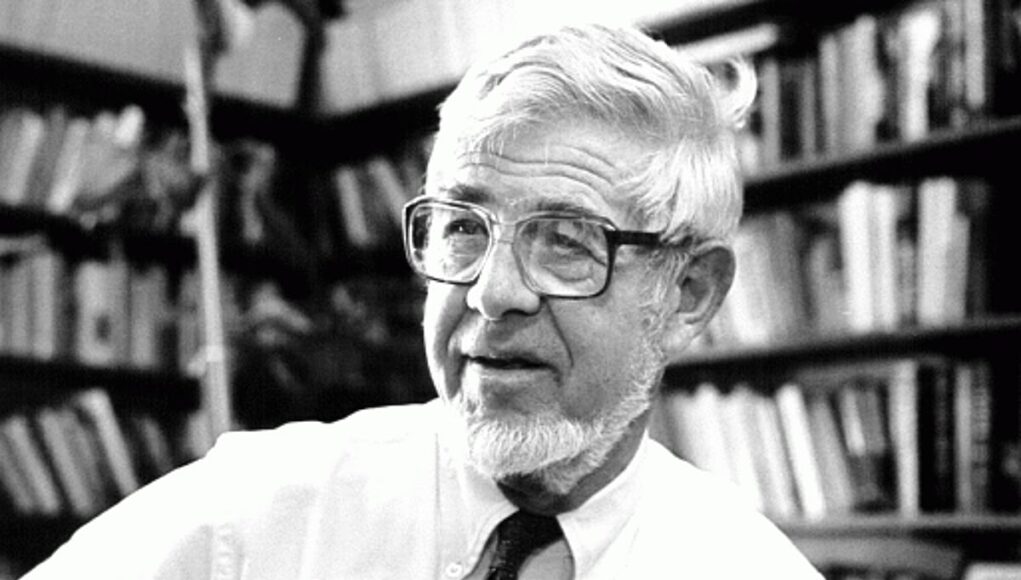Source : NEW INDIAN EXPRESS NEWS
“I should like to emphasize once more that whatever its imperfections, Levittown is a good place to live,” Gans wrote. ”(T)he most urgent priority is to make the benefits of suburban living available to the poor and nonwhite families, now condemned to slum ghettos, who want to give their children and themselves a better life beyond the city limits.”
Gans’ “Deciding What’s News,” which came out in 1979, was a snapshot of the peak of print journalism and network power. Focusing on the evening broadcasts of NBC and CBS and the news magazines Time and Newsweek, he spent extensive time with reporters in the 1960s and ’70s and noted what they covered, what they didn’t cover and the thinking behind their choices, whether the pressures of executives, concerns about objectivity or changes in public concerns.
He found the newsgathering process to be honest and well intended. But Gans worried that organizations were more invested in stability and the status quo than in fully informing the public, with journalists drawing upon familiar sources in government and business and spending much of their private time with those of their social class. As a solution, Gans proposed “Multiperspectivism,” allowing everyone from radical leftists to religious fundamentalists to express their views.
“For those who feel, as I do, that the interests of diverse groups have priority over the needs of nation and society, multiperspectival news and some decentralization of the national media are preferable,” he wrote. “It would be a good deal more effective if it coincided with widespread public demand for greater popular representation in the economy and the polity.”
Gans’ other books included “Middle American Individualism,” “The War Against the Poor” and “People, Plans and Policies.” In “Imagining America in 2033,” published in 2009, he outlined his hopes for a “fairer economy, a more democratic polity, and institutions that cater to a greater extent to the people they are supposed to serve.”
A strong belief in the importance of diversity.
SOURCE :- NEW INDIAN EXPRESS






